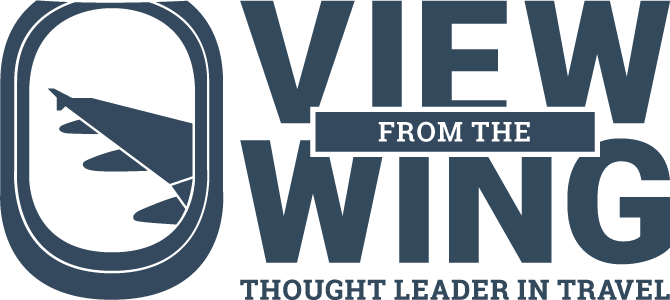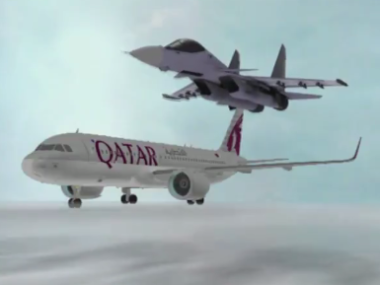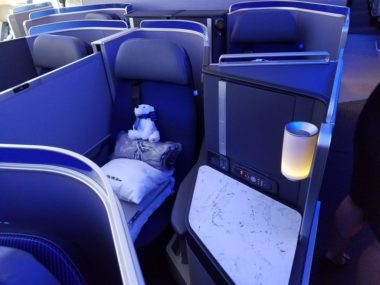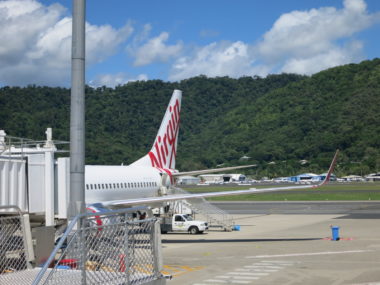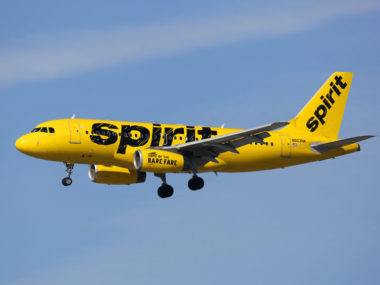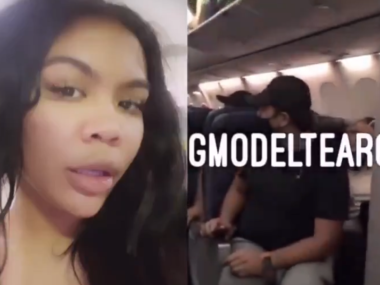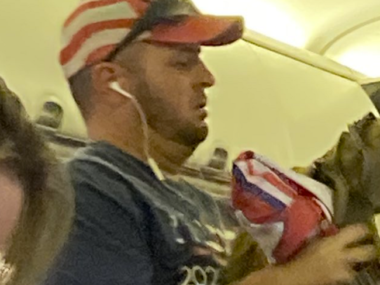While conflict with Israel gets the most press in the U.S., the primary conflict in the Mideast is between Saudi Arabia (along with Turkey) seeking Sunni influence in the region and working to counter Shia Iran. The conflict in Syria, for instance, is largely a proxy war between Saudi Arabia and Iran. The Saudis have fought Iran-backed rebels in Yemen over the past several years.
Part of this conflict is a 3.5 year old blocked of Qatar by the UAE and Saudi Arabia which ended Tuesday, and the first Qatar Airways flight has just flown through Saudi airspace.
